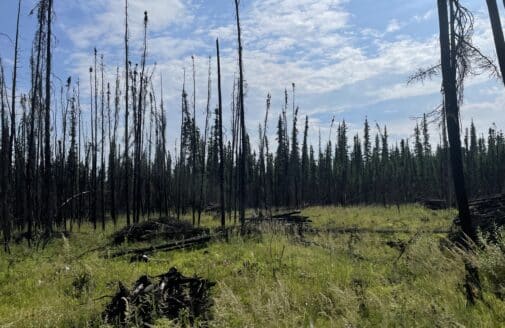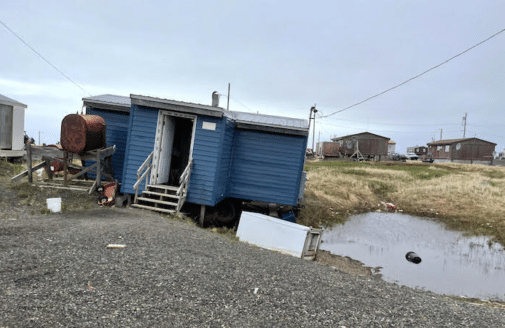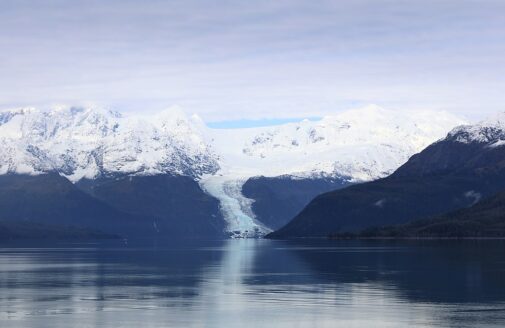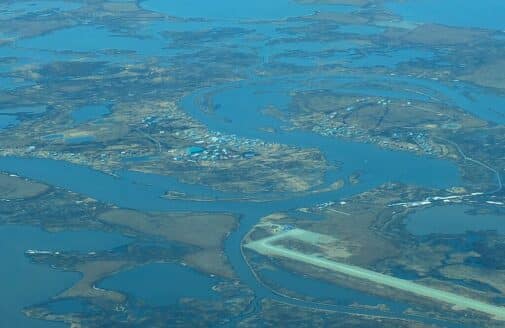Increasing wildfires in southwestern Alaska could increase global mercury pollution
A recent study from Arctic researchers connects wildfires to mercury emissions that could have long-term human health impacts
Smoke from wildfire in Churchill, Manitoba, on May 28, 2025.
photo by Lara Grevstad
In the northern ecosystems of the Alaskan boreal forest and tundra, wildfire is a natural—and even necessary—process. But as temperatures rapidly warm, wildfire frequency and severity in the state are breaking historical records.
Scientists at Woodwell Climate Research Center are studying the effects of these increased fires on the ecosystem. In a study published earlier this year, a research team led by Research Scientist Dr. Scott Zolkos examined the relationship between northern wildfires and one concerning byproduct of them: mercury pollution.
Higher temperatures, more wildfires, more pollution
In the last 25 years, Alaska has experienced some of the worst fire seasons on record. One of the reasons behind this is that climate change is hitting the North harder than other regions.
Northern latitudes, including the Arctic and boreal regions, are warming three to four times faster than the rest of the planet. As warmer temperatures melt snow earlier in the year and dry out soil and vegetation, the fire season lengthens and intensifies. According to Woodwell scientists, 2024 was the second-highest year for wildfire emissions north of the Arctic Circle.
“It’s really sort of a new phenomenon, the level of burning we’re seeing in the tundra,” Dr. Brendan Rogers, Senior Scientist, says.
Increasing fires means increasing air, water, and ecosystem pollution from the byproducts of burning vegetation and soils. Mercury is a toxic pollutant in wildfire smoke, but there is sparse research on mercury release from northern peatland wildfires, which means scientists don’t yet have a great understanding of how increasing northern wildfire activity could counteract efforts to curtail human-caused mercury release. To understand these impacts, Zolkos and collaborators studied areas of the Yukon-Kuskokwim (YK) Delta in southwestern Alaska—a peatland environment that burned in 2015. The summer of 2015 made history as one of Alaska’s worst fire seasons, with over 5 million acres of land burned.
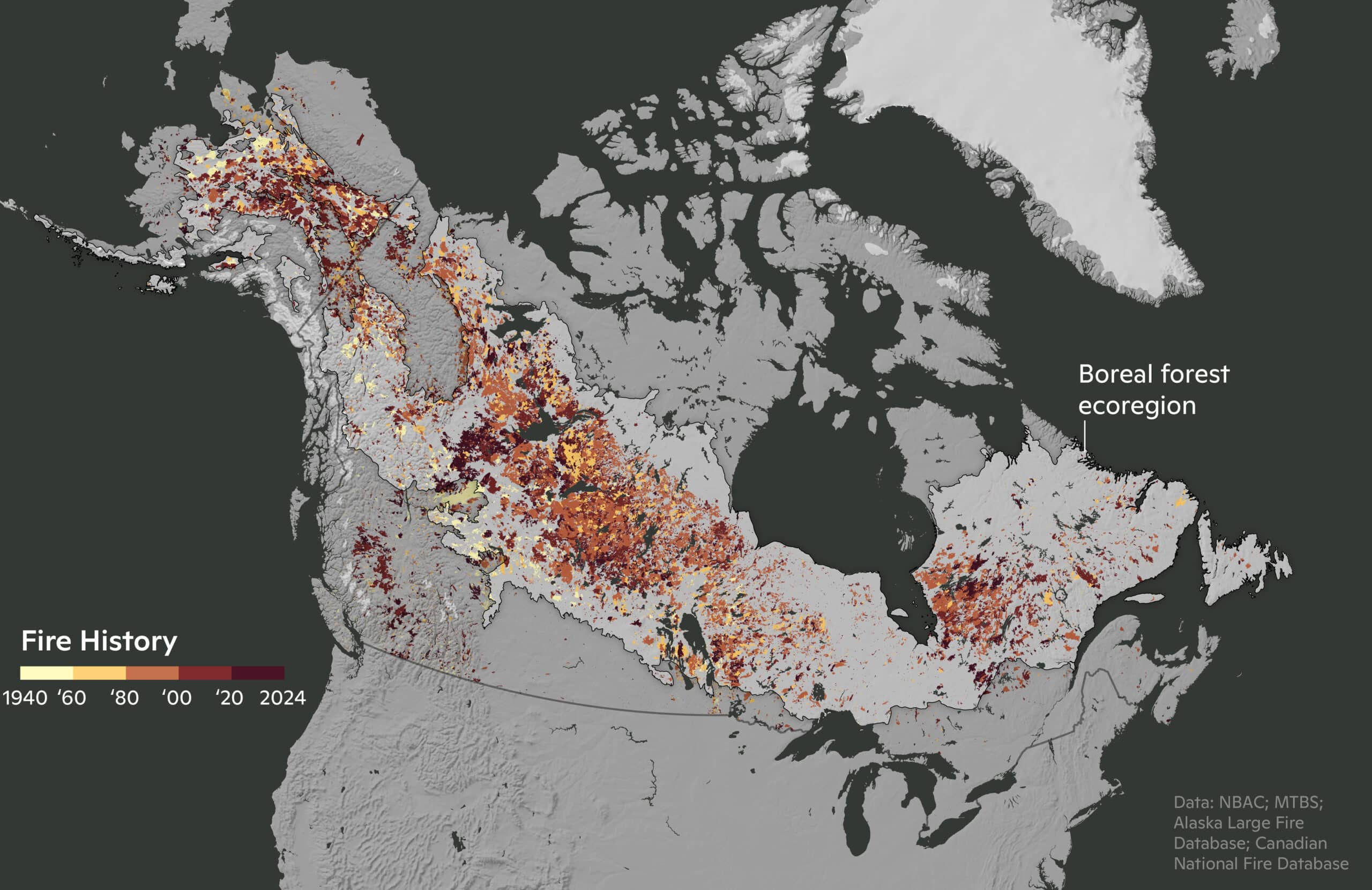
map by Christina Shintani
The research team used peatland soil samples that were collected between 2016 and 2018 by undergraduate participants of The Polaris Project to measure mercury. They then used the new mercury data together with organic carbon and burn depth measurements from another recent study to develop models that predicted mercury emissions from the 2015 wildfires.
Measuring mercury release
Mercury continuously cycles through the environment in air, water and soil, often changing between liquid and gaseous forms. It enters the atmosphere as emissions from human activities like the burning of fossil fuels and natural processes like wildfires and volcanoes. High levels of mercury can accumulate in the ground when vegetation takes up mercury from the atmosphere, then decomposes and deposits it into the soil. In northern peatlands, mercury has been accumulating with organic matter for thousands of years.
Mercury emissions occur when wildfire burns organic matter in soil and releases mercury that is bound to it back into the atmosphere. With increased temperatures and wildfire activity, the stabilization of mercury in the soil is threatened—and so is air quality.
“There are huge mercury stores in northern peatlands,” Zolkos says. “If peatlands burn more, it could potentially offset global efforts to reduce human mercury release into the environment.”
Zolkos and collaborators found that levels of mercury in peat in the YK Delta were similar to those in peatlands elsewhere in the North. Using an atmospheric chemical transport model developed by collaborators, the researchers also found that mercury deposition within 10 kilometers of wildfire sites was two times higher than normal, even though the majority of emissions from the fire traveled beyond Alaska.
With this information, Zolkos believes that increasing fire activity has the potential to unlock large amounts of soil-bound mercury in the North. The challenge now is figuring out exactly how much mercury is being released and where it ends up.
As a step to understanding this, Zolkos is leading a pilot project to develop an atmospheric mercury monitoring network across wildfire-susceptible peatlands in Alaska and Canada. Twenty-six air samplers, which collect mercury molecules in the air, were deployed at seven sites in Arctic-boreal peatlands across Alaska and Canada during the summers of 2024 and 2025. After the 2025 summer season is complete, the samplers will be sent to a lab at Harvard University, where Zolkos will measure their mercury content.
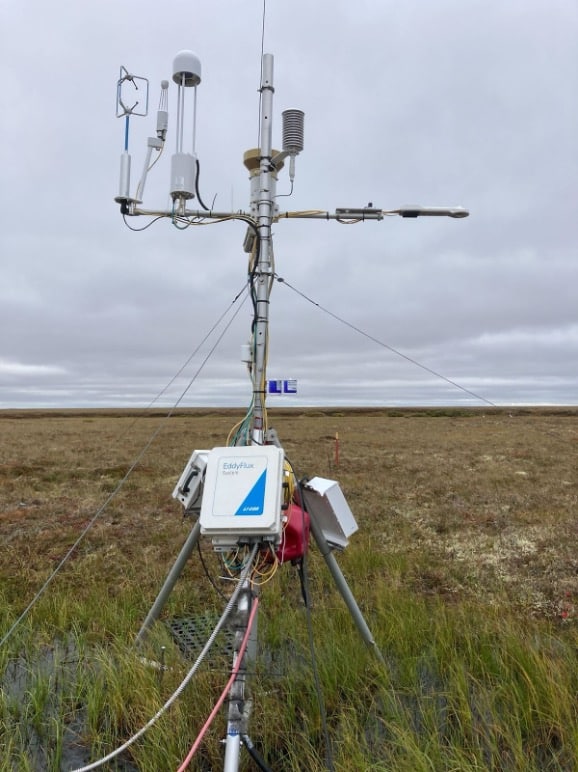
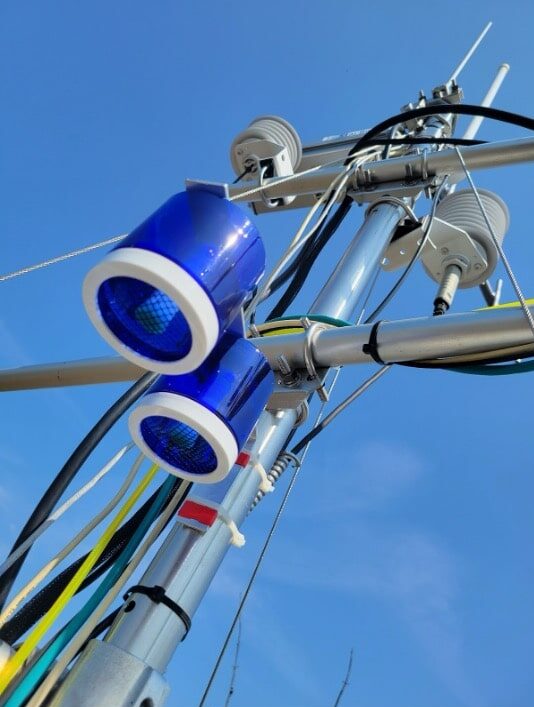
left: Mercury passive air samplers (small blue containers ⅔ up main pole) deployed on an eddy covariance flux in the YK Delta.
photo by Jackie Hung
right: Close-up of two mercury passive air samplers deployed on an eddy covariance flux tower at Bonanza Creek.
photo by Colin Edgar
“Our goal is to work with collaborators to deploy these simple and cost-effective samplers that capture mercury in the atmosphere,” Zolkos says. “And from that, we can back-calculate the concentration of mercury in the air to understand wildfire impacts.”
By studying trends, Zolkos can compare levels of mercury in the air in areas affected and not affected by wildfire. And with added contextual data, scientists can model how much mercury might have been released from the soil and vegetation by wildfire.
Understanding wildfire impacts on air quality
In addition to containing mercury, wildfire smoke also emits particulate matter (PM2.5). PM2.5 refers to particles that are smaller than 2.5 micrometers in diameter—30 times smaller than the average human hair. When breathed in, they can affect the heart and lungs and cause a variety of health problems, including aggravated asthma, decreased lung function, and increased respiratory symptoms.
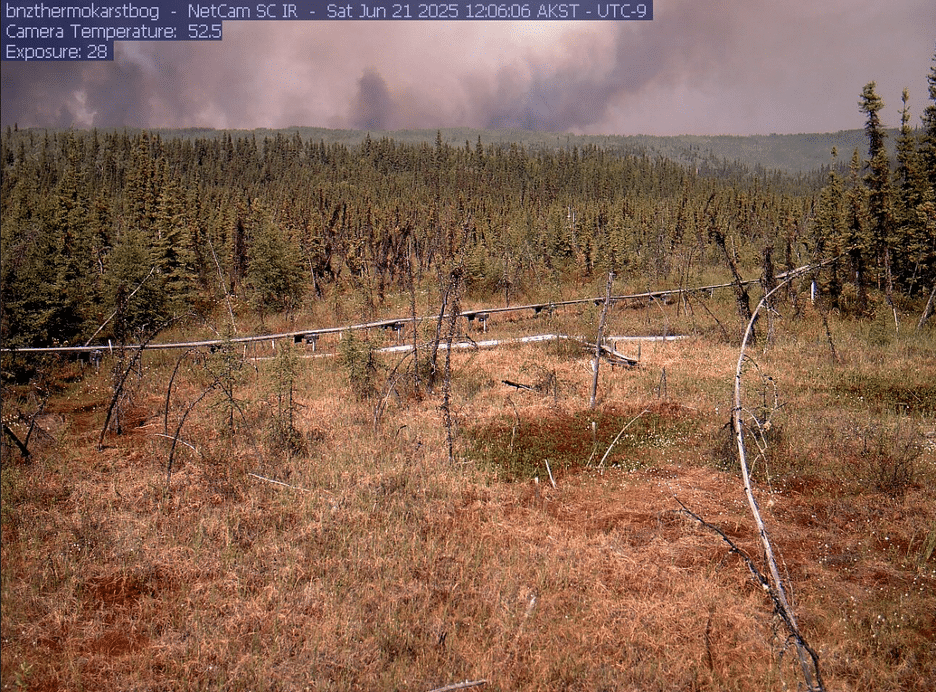
Wildfire burning near eddy covariance flux tower at Bonanza Creek on June 21, 2025.
photo by Colin Edgar
Together with collaborators from the Permafrost Pathways project, Zolkos is also collaborating with Alaska Native communities to install PurpleAir sensors, a system of particulate matter monitors, to support tribally-led wildfire air pollution monitoring. This project helps to address monitoring needs in Alaska, where nearly 90% of rural communities reached or exceeded unhealthy levels of PM2.5 at least once due to wildfire in the last two decades.
“It’s a really great opportunity to work together with Alaskan Native communities and also to share knowledge, learn from them, and try and help them with any needs that they have for environmental monitoring,” Zolkos says.
So far, particulate matter sensors have been deployed in Pond Inlet in Nunavut, Canada, Churchill in Manitoba, Canada, and Akiachak, Alaska.
“The complex impacts of wildfire on Arctic and global communities is not something that can be solved by taking a measurement and seeing a number alone. These climate health impacts require a more holistic way of thinking and doing research,” Dr. Sue Natali, Senior Scientist and lead of the Permafrost Pathways project, says. “What gives me hope is that the scientific community is now listening and hearing more from Indigenous partners to co-produce research that supports climate-resilient communities.”
Latest in Arctic
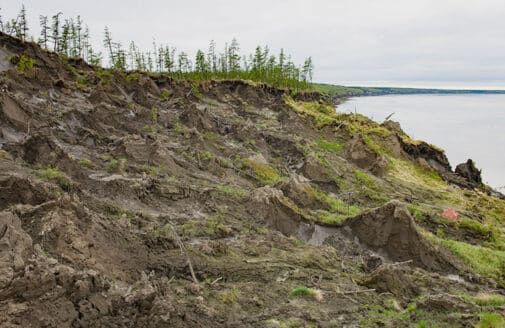
- In The News
Alaska permafrost put at risk by climate change
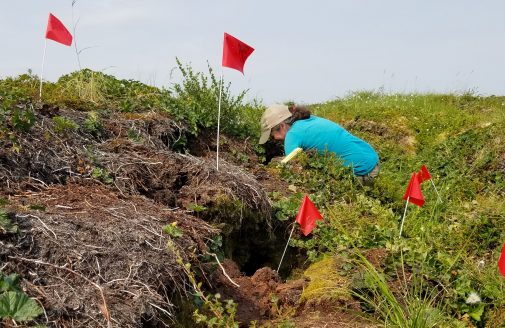
- In The News





